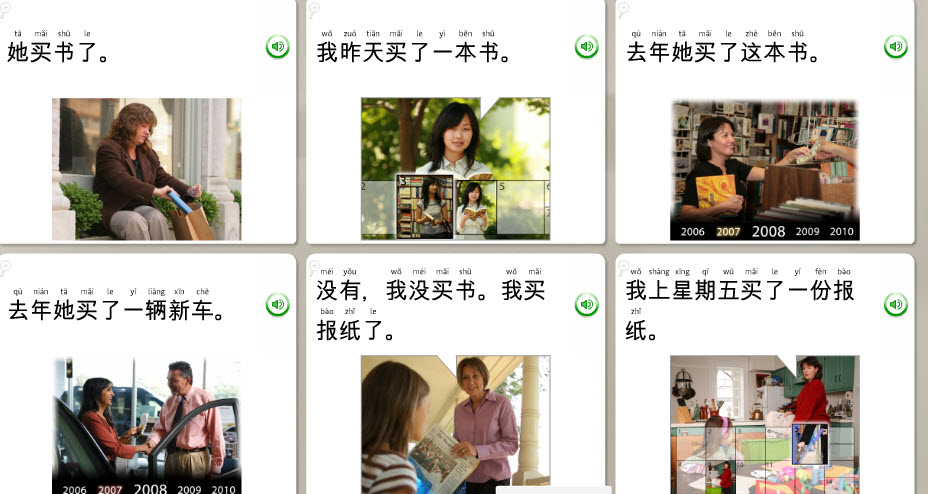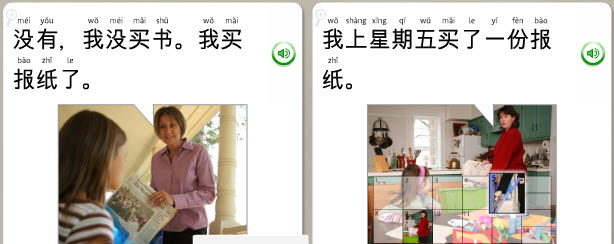 |
 ความคิดเห็นที่ 11
ความคิดเห็นที่ 11 |

了的用法 การใช้ 了
1.用在动词或形容词后面,表示动作或变化已经完成:
put 了after the verb or adjective, indicate the completion ofaction:
indicatingthe action is already completed:
大家都来了,我们开始上课吧。
他去中国学了两年汉语。
妹妹已经工作了。
这个问题我懂了。
我昨天买了一辆汽车
我们来得太晚了,电影已经开始了。
现在房子便宜了。
上个月只晴了三天。
the action will be completed in the future:
飞机快起飞了。
(The planewill leave soon.)
我下了课就去吃饭。
2 verbs: future tense, the first futureaction happens before the second future action)
Jirai au restaurant après que jaurai finila classe.
他要是知道了这个消息,一定很高兴。
做完了作业,你就可以看电视。
2.Put 了at the end of a sentence or after the pause in a sentence:change of situation or state:
Meansthe change of situation or state is already or will be completed:
下雨了。
春天到了。
我以前不会说汉语,现在会说了。
他不爱我了。
天快黑了。
Thenew situation that would be happened in some conditions (Subjunctive)
你早来一天就见到他了。
(if you come 1day earlier, you would see him)
3. Suggestion: to do or not to do:
走了,走了,别等了。
好了,不要再说了!
| จากคุณ |
:
Cool as moon 
|
| เขียนเมื่อ |
:
4 ต.ค. 52 16:40:51
|
|
|
|
 |







